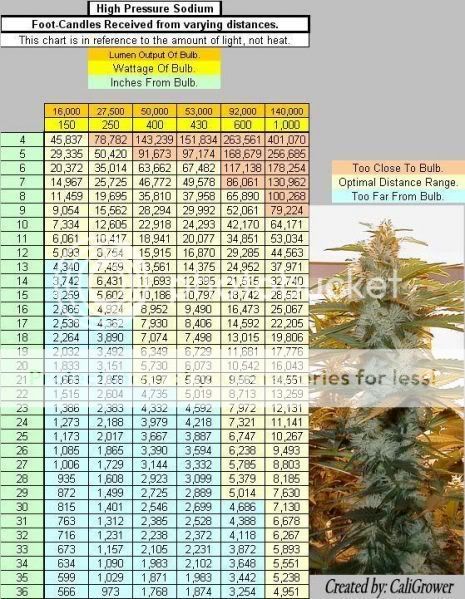[FONT=Arial,Helvetica,Geneva,Swiss,SunSans-Regular]PAR and Fluorescent Lamps[/FONT]
[FONT=Arial,Helvetica,Geneva,Swiss,SunSans-Regular]In the past fluorescent lamps were always known to have excellent 'daylight' colour output but not the same photon power as HID / HPS lamps. The spectrum from fluorescents was ideal for propagation/seedlings but not for real time growing, because they were small watt versions and did not have the lumen / photon output. (i.e. an average household fluorescent tube is only about 35 watts. Nice spectrum but low light output! ) [/FONT]
[FONT=Arial,Helvetica,Geneva,Swiss,SunSans-Regular]HID and HPS lamps have large lumen / photon output but are poor on colours omitted, but these lamps were the best available lamps at the time. However they do generate lots of heat and can be expensive to operate. They also need separate ballasts, control contacts and systems.[/FONT]
[FONT=Arial,Helvetica,Geneva,Swiss,SunSans-Regular][/FONT]
[FONT=Arial,Helvetica,Geneva,Swiss,SunSans-Regular]The development of high-output compact fluorescent means you can now get the correct colour spectrum, always associated with fluorescents, but with much higher light output. This means that CFL's are now capable of much, much higher lumen output with all the benefits of the ideal, spectrum output.[/FONT]
[FONT=Arial,Helvetica,Geneva,Swiss,SunSans-Regular]Photon strength is still not as strong as HID Lamps (although with our new reflectors we are getting there) but because these new lamps generate much less heat they can be placed just inches of the leaves, and this is a very, very important factor when using grow lamps[/FONT]



